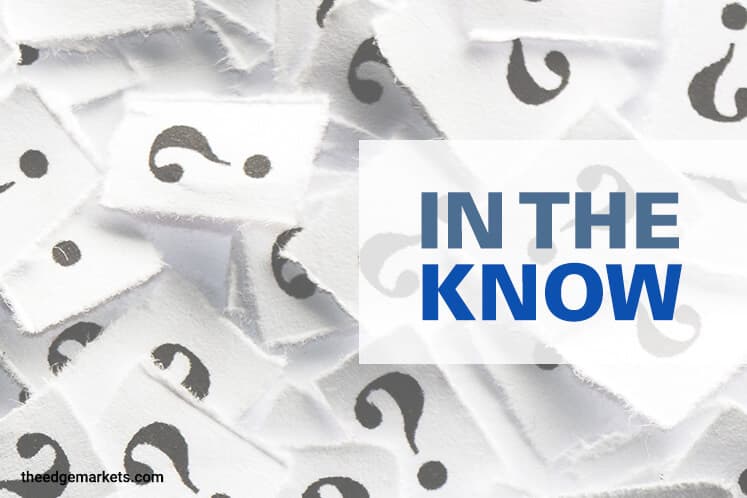
This article first appeared in Personal Wealth, The Edge Malaysia Weekly on September 24, 2018 - September 30, 2018
What is a yield curve?
A yield curve is a line that plots the yield of each bond along a maturity spectrum, providing a clear, visual image of long-term versus short-term bond yields at various points in time. Typically, the yield curve slopes upward because investors want to be compensated with higher yields for assuming the added risk of investing in bonds with longer tenors.
What is a flattening yield curve?
A flat yield curve means there is little difference between the short and long-term rates for bonds of the same credit quality. So, there is no significant premium for holding the bonds for a longer period of time.
For example, the yield of a two-year US Treasury bond was 2% in January while a 10-year note was 3%. The following month, the yield of the two-year US Treasury bond was 2.1% while that of the 10-year note was 3.05%. The difference went from 1% to 0.95%, leading to a flatter yield curve.
What does it mean to investors?
Typically, a flat yield curve serves as an indication that investors and traders are worried about the macroeconomic outlook. There are many reasons why the yield curve flattens. One is that the market expects the US Federal Reserve to raise the federal funds rate in the near term. It can also mean that market players are anticipating a recession, although this is not necessarily a reliable indicator.
How can investors take advantage of a flattening yield curve?
There are a few ways for investors to take advantage of a flattening yield curve. One is the barbell strategy, where investors position half their portfolio in long-term bonds and the rest in short-term bonds. By doing so, they will have sufficient flexibility to react to the changes in the bond market. However, investors who implement this strategy may be at a disadvantage if there is a significant increase in long-term rates due to the duration of long-term bonds.
Investors could also go for an active trading strategy called the flattening trade by short-selling 10-year US Treasury bonds and going long on 30-year US Treasury bonds. By doing this, they are not speculating on the changes in the absolute level of interest rates, but the yield differential between the two maturities. In other words, they are positioning themselves for the yield differential to narrow.
Finally, it pays for most investors to maintain a steady, long-term approach based on specific objectives rather than technical data such as a shifting yield curve.
Save by subscribing to us for your print and/or digital copy.
P/S: The Edge is also available on Apple's AppStore and Androids' Google Play.